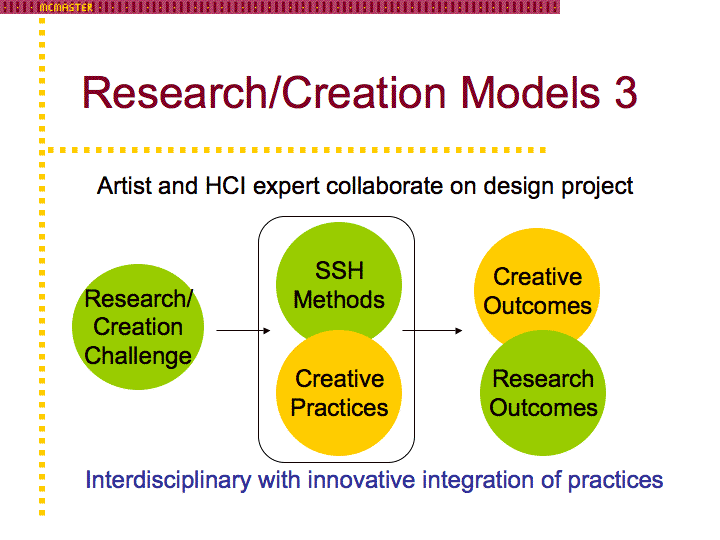Jack Kapico of The Globe and Mail has an article (“update”) on satellite radio coming to Canada, The radio war (Thursday, Dec. 1, 2005). He asks how traditional radio will survive the two satellite services that have been licensed, XM Canada and Sirius. His conclusion is that local radio that includes local talk shows, local news and, yes, local advertising, will not be affected, but stations that just play lists of tunes with ads will suffer because satellite radio offers the tunes without the ads. So, for example, he sees CBC Radio 1 surviving and Radio 2 suffering.
We’ve lived in a world of local radio for so long we have little idea of what a universe with (inter)national radio might be like ‚Äî even the CBC breaks away frequently for local content. We might in fact be surprised by how many people want local news, local sports and its accompanying boosterism, local weather conditions and on-air personalities’ happy talk (we’re all part of a huge local family). This will be the first real test of how wedded we are as a market to local interests.
A second point he mentions, but does not follow up on, is how people are paying not to listen to advertising. The iPod generation now has affordable alternatives to ad-heavy radio and they are voting 99 cents at a time just as they subscribed to ad-free movie channels. Are we revolting against saturation advertising such as found on commercial radio?
